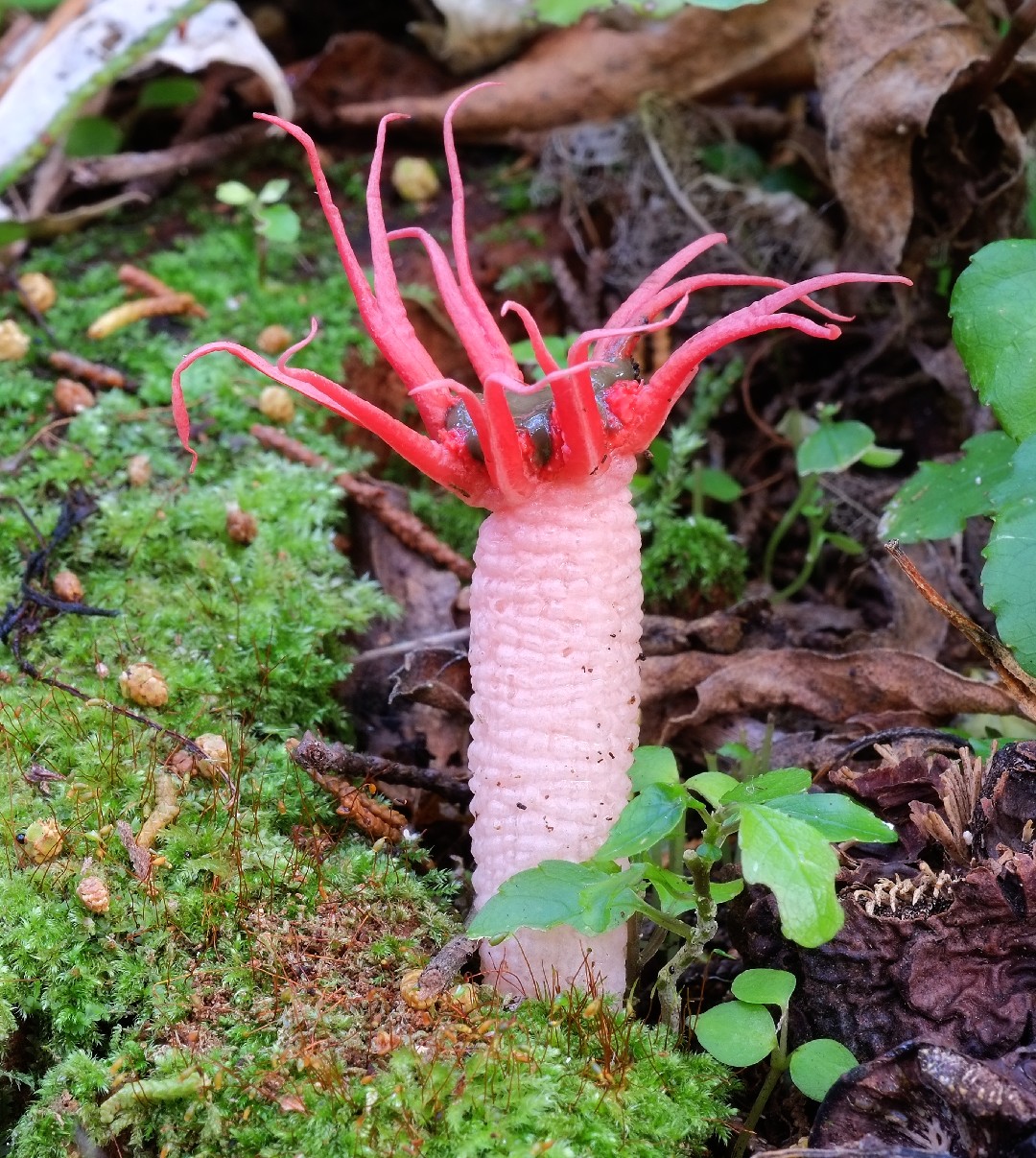Aseroe
Scientific name: Aseroe
Aseroe
Scientific name: Aseroe
 Photo By Pseudopanax at English Wikipedia , used under PUBLIC-DOMAIN /Cropped and compressed from original
Photo By Pseudopanax at English Wikipedia , used under PUBLIC-DOMAIN /Cropped and compressed from original Description
Aseroe is a group known for its striking and unusual appearance that often resembles a sea anemone. They typically emerge from an underground egg-like structure and have a foul odor that attracts flies, which help in spreading their spores. Aseroe is particularly notable for its bright red arms that extend from a central column, creating a star-like shape. These organisms are found in various regions around the world, especially in forests and gardens.
Species of Aseroe

 Photo By Pseudopanax at English Wikipedia , used under PUBLIC-DOMAIN /Cropped and compressed from original
Photo By Pseudopanax at English Wikipedia , used under PUBLIC-DOMAIN /Cropped and compressed from original Scientific Classification
Phylum
Club fungi Class
Mushroom-forming fungi Order
Stinkhorn allies Family
Stinkhorn mushrooms Genus
Aseroe